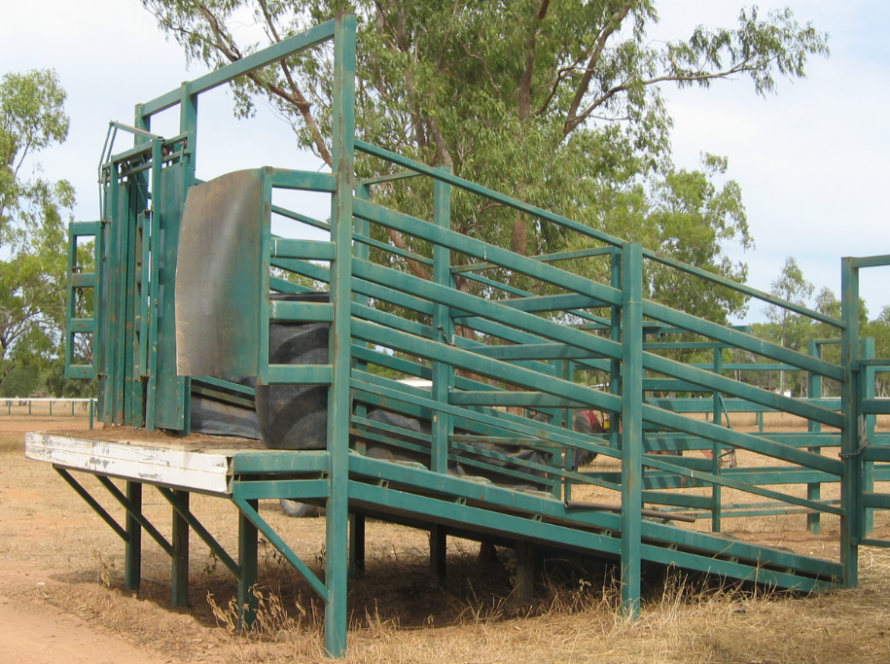Introduction:
A farm fence is more than just a boundary; it plays a critical role in protecting your livestock, securing your property, and maintaining the overall organization of your farm. However, fences are exposed to the elements year-round and subjected to wear and tear from animals, weather, and other external factors. Over time, this can affect their durability and effectiveness.
To ensure your fence remains secure and functional for years to come, regular maintenance is key. By following simple yet effective maintenance tips, you can extend the lifespan of your fence, reduce repair costs, and avoid the hassle of unexpected fence failures.
In this blog, we’ll cover seven essential fence maintenance tips that will help keep your farm fence in top condition. These tips are designed to save you time, money, and effort while ensuring that your fence performs at its best throughout the year.
1. Inspect Your Fence Regularly
The first step to proper fence maintenance is to perform regular inspections. Routine checks allow you to identify any weak points, damaged sections, or areas that may require immediate attention.
How to inspect:
- Walk the perimeter of your fence and look for visible signs of damage, such as leaning posts, loose wires, or broken boards.
- Check for rust or signs of corrosion if you have metal fencing, and for wood rot if you have a wooden fence.
- Make sure gates are functioning correctly and that the latches are secure.
Why it matters: Frequent inspections help you catch small problems before they become big ones. Early detection of issues like broken posts or weak spots can save you from costly repairs down the line.
2. Reinforce Weak Posts and Sections
Over time, certain sections of your fence may become weakened due to shifting ground, animal pressure, or weather conditions. The posts, in particular, are vulnerable, as they bear the weight and stress of the entire structure.
What to do:
- Check for stability: Make sure all posts are firm and upright. If any are loose or wobbly, reinforce them by digging them up and resetting them in fresh concrete or adding extra support.
- Replace damaged posts: If a post is broken or severely weakened, it’s important to replace it as soon as possible to maintain the integrity of the fence.
Why it matters: Weak or unstable posts can cause sections of the fence to collapse or become ineffective at containing livestock. Ensuring the posts are secure is vital to maintaining the fence’s strength and functionality.
3. Treat and Seal Wooden Fences
Wooden fences are particularly susceptible to weathering, rot, and pest damage, especially when exposed to rain, snow, or intense sunlight. To prolong the life of your wooden fence, it’s important to treat and seal it regularly.
How to treat:
- Apply a wood preservative to prevent moisture from seeping into the wood.
- Use a waterproof sealant to protect the wood from rot, mildew, and mold.
- Stain or paint the wood to add an extra layer of protection against the elements.
Why it matters: Sealing and treating your wooden fence helps prevent costly repairs by keeping the wood strong and resistant to environmental damage. This simple maintenance step can extend the life of your fence for several years.
4. Repair Damaged Wire Fencing Immediately
If you have wire fencing, it’s important to address any damages as soon as possible. Bent wires, loose strands, or punctured sections can compromise the security of the entire fence.
What to do:
- Use wire cutters to remove any damaged sections.
- Use fence repair kits to patch holes and tighten loose wires.
- If the wire is severely damaged, consider replacing the entire section.
Why it matters: Damaged wire fencing can be a safety risk for livestock, as it may not contain them securely. Repairing wire fences promptly prevents further damage and ensures your animals stay inside the perimeter.
5. Clear Vegetation and Debris Around the Fence Line
Vegetation like shrubs, vines, and trees can grow into your fence and cause a range of issues, from obstructing visibility to exerting pressure on the fence structure. Over time, this can weaken the fence and lead to breakage.
How to clear:
- Regularly trim back bushes, branches, and plants near the fence line.
- Remove any weeds or debris that might pile up against the fence, as they can also cause rusting or rot over time.
Why it matters: Keeping the area around your fence clear of vegetation ensures that there’s no unnecessary pressure on the structure. It also helps you spot any potential damage more easily and maintains the fence’s durability.
6. Reapply Paint or Coating to Metal Fences
Metal fences, such as pipe fences, chain-link fences, or welded wire fences, are durable but can still succumb to rust and corrosion if not properly maintained. A good coat of paint or protective coating can prevent these issues.
What to do:
- Sand down any rusted spots and apply a rust-inhibiting primer.
- Use weather-resistant paint or a protective metal coating to keep the metal from corroding.
- Pay special attention to areas that are exposed to the elements, like gates and corners.
Why it matters: By reapplying a protective layer, you can extend the life of your metal fence and prevent costly rust damage. Regular maintenance of metal fences keeps them looking good and ensures they perform their job effectively.
7. Maintain Gates and Latches
Gates and latches are among the most frequently used parts of any fence, and they need regular maintenance to function correctly. A faulty gate or latch can be a security risk, leaving the fence vulnerable to breaches.
What to do:
- Check that gates open and close smoothly, and adjust hinges if necessary.
- Lubricate hinges and locks with oil or a silicone-based spray to keep them functioning smoothly.
- Ensure that latches are secure and not worn out. Replace any faulty latches immediately.
Why it matters: Gates and latches are the access points to your fence, and they need to be in good working condition to ensure secure entry and exit. Proper maintenance of these components reduces the risk of livestock escaping or unwanted access to your property.
Conclusion:
Farm fence maintenance is not a one-time task but an ongoing responsibility that helps ensure the safety and security of your livestock, property, and investments.
By following these seven maintenance tips—regular inspections, reinforcing weak posts, treating wooden fences, repairing wire damage, clearing vegetation, reapplying paint to metal fences, and maintaining gates and latches—you can keep your farm fence in excellent condition for many years.
Proper fence care not only prevents costly repairs but also provides peace of mind, knowing that your livestock is secure and your property is protected. With regular upkeep, you can continue to rely on your farm fence as a strong and durable barrier for your land and animals.
FAQs
- How often should I inspect my farm fence? It’s recommended to inspect your fence at least twice a year, but more frequent checks are ideal after severe weather events or if you have active livestock.
- Can I repair wire fencing on my own? Yes, wire fencing repairs can be done with basic tools such as wire cutters, pliers, and wire splices. Ensure you have the proper supplies and skills to do the job safely.
- How can I prevent my wooden fence from rotting? Treat the wood with preservatives, and apply a waterproof sealant. Regularly clean the fence and check for signs of rot to catch issues early.
- What should I do if my metal fence starts rusting? Sand down any rusted areas, apply a rust-resistant primer and finish with a protective coating to prevent further corrosion.
Do I need to repaint my fence regularly? Yes, repainting your fence, especially metal ones, can extend its life and protect against weather damage. The frequency of repainting depends on the type of material and the weather conditions in your area.



